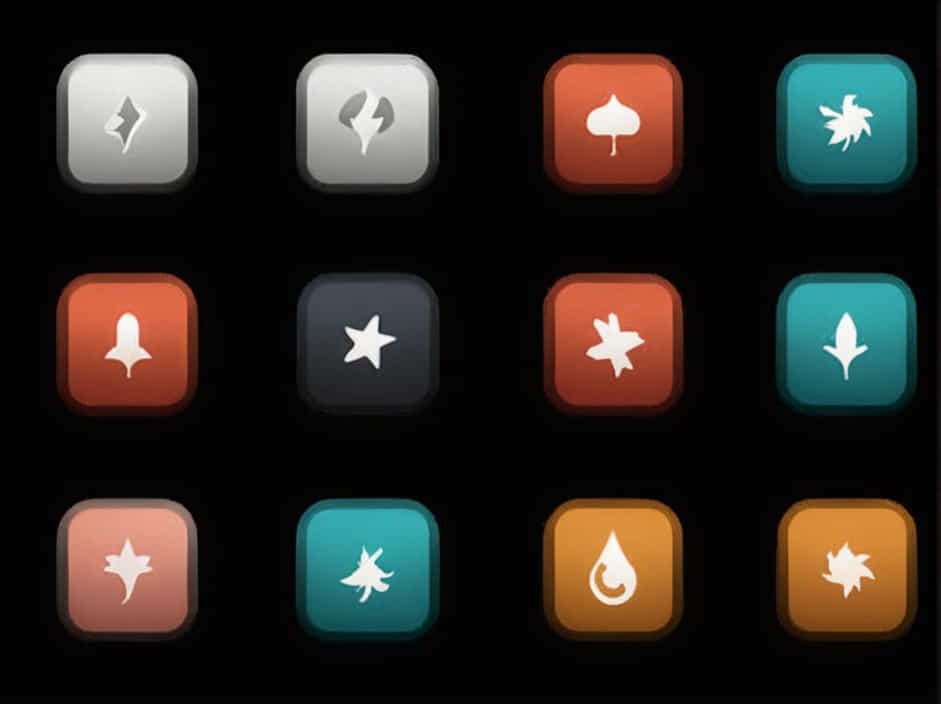The word “semblance” is commonly used in both everyday conversations and literary contexts. It refers to an outward appearance or a representation of something that may not necessarily be accurate or genuine. Understanding its definition, synonyms, usage, and related concepts can enhance vocabulary and comprehension.
In this topic, we will explore the meaning of semblance, its different interpretations, examples, and its significance in various fields such as psychology, literature, and philosophy.
Definition of Semblance
General Meaning
Semblance is defined as a superficial or outward appearance of something, often not reflecting reality. It can also mean a resemblance or similarity between things, even if they are not exactly the same.
Etymology and Origin
The word semblance originates from the Old French word semblance, which means “likeness” or “appearance.” It is derived from the Latin “simulare,” meaning “to imitate” or “to resemble.”
Different Interpretations of Semblance
1. Superficial Appearance
In many cases, semblance refers to an illusion or a false representation of something. For example:
- He maintained a semblance of confidence despite feeling nervous.
- The city had a semblance of peace, but tensions were rising underneath.
Here, the term suggests that the outward appearance does not match the reality.
2. Resemblance or Similarity
Semblance can also mean a slight similarity between two things. For example:
- There was a semblance of order in the chaotic meeting.
- His face bore a semblance to his father’s.
In this context, semblance does not imply deception but rather a partial likeness.
Synonyms and Antonyms of Semblance
Synonyms (Words with Similar Meanings)
- Appearance – The way something looks from the outside.
- Facade – A deceptive outward appearance.
- Illusion – A misleading visual impression.
- Likeness – A resemblance between two things.
- Pretense – A false display of emotions or qualities.
Antonyms (Words with Opposite Meanings)
- Reality – The true nature of something.
- Authenticity – Genuineness or originality.
- Truth – The actual state of things.
Semblance in Literature and Philosophy
1. Semblance in Literature
Writers often use semblance to describe characters, settings, or situations where things are not what they seem. Examples include:
- Shakespeare’s plays – Many characters maintain a semblance of loyalty while secretly betraying others.
- Mystery novels – The semblance of innocence in a suspect may mislead readers.
2. Semblance in Philosophy
Philosophers discuss semblance in terms of perception and reality. Some key perspectives include:
- Plato’s Theory of Forms – What we see is only a semblance of true reality.
- Existentialism – People create a semblance of meaning in life to cope with uncertainty.
Semblance in Psychology
In psychology, semblance can relate to perception and self-presentation:
- Cognitive Bias – People often form a semblance of knowledge based on limited information.
- Social Behavior – Individuals may present a semblance of happiness even when they feel otherwise.
Examples of Semblance in Everyday Life
-
A Job Interview
- A candidate may maintain a semblance of confidence even if they feel nervous.
-
Social Media
- Many users create a semblance of a perfect life, but reality may be different.
-
Political Speeches
- Leaders may give a semblance of unity, even when disagreements exist.
The word semblance refers to an outward appearance, resemblance, or illusion that may not reflect reality. It is widely used in literature, psychology, and philosophy to describe situations where things appear different from what they truly are. Understanding semblance can help in recognizing illusions in everyday life and improving critical thinking.
